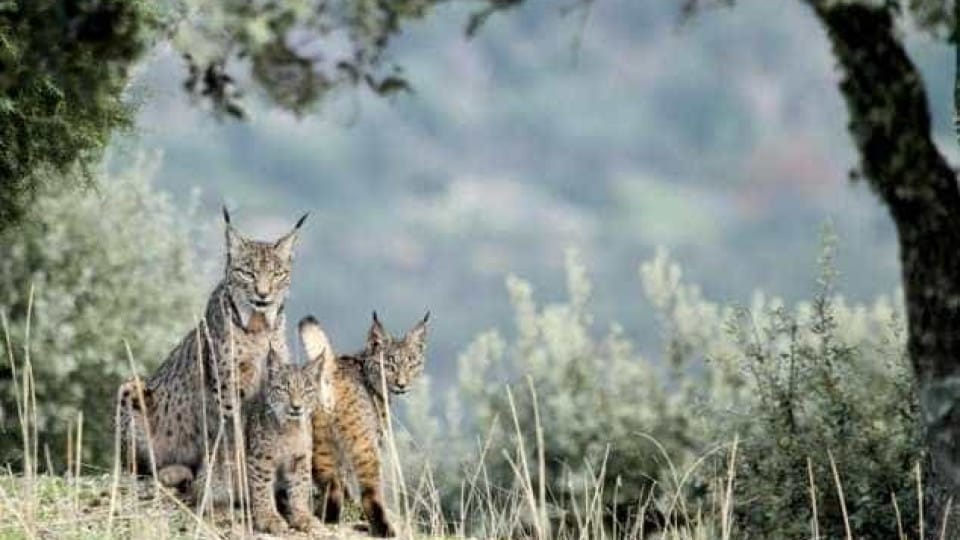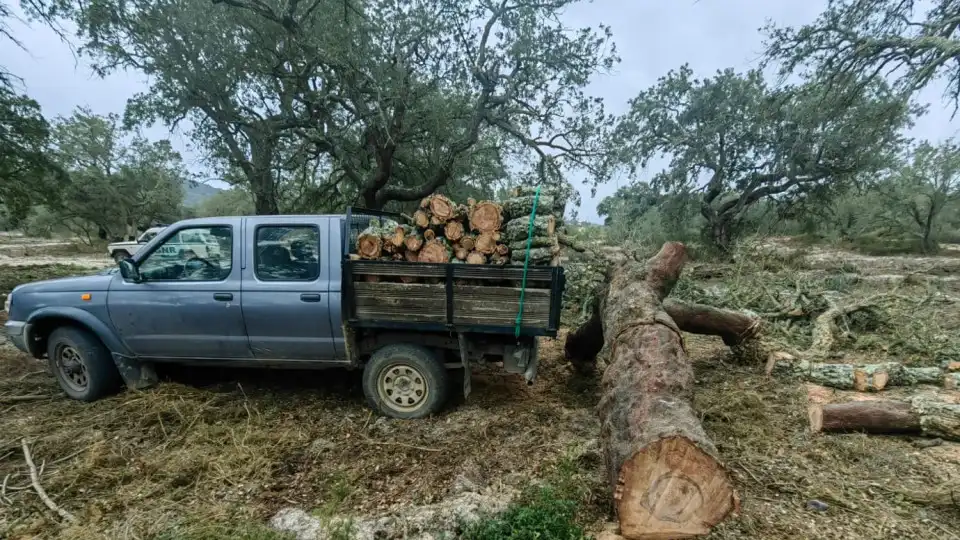This is one of the measures decided to “outline a path for the Iberian lynx to return to the Serra da Malcata”, the Institute for Nature Conservation and Forests (ICNF) announced today in a statement sent to the Lusa news agency.
In the same statement, the agency said that the presidents of the municipalities of Penamacor, in the district of Castelo Branco, and Sabugal, in the district of Guarda, met on the 17th with the Regional Directorate for Nature Conservation and Forests of the Center and the ICNF’s Iberian lynx team, to join “efforts for the return of the Iberian lynx to Malcata”.
The plan foresees that the reintroduction of the species in the countryside will be complemented, in the medium term, “by the natural expansion of the species, from the territories of origin, as the initial areas of reintroduction, both in Portugal — the Guadiana Valley — and in Spain — Andalusia, Castilla-La Mancha and Extremadura — become saturated with the young lynx that are born into the wild every year”.
The Serra da Malcata is one of the territories of “historical occurrence” of the species in Portugal and was included in the areas of potential reintroduction of the Iberian lynx under the LIFE Iberlince project, but was not previously chosen due to the scarcity of wild rabbits during the 2012 and 2013 censuses.
The ICNF says that, since then, the two municipalities, in partnership with other entities, have promoted initiatives to increase the presence of wild rabbits to meet not only the Iberian lynx’s subsistence needs, but also to make it possible for breeding females to settle in this territory and, at the same time, to guarantee the food sustainability of other relevant species, such as birds of prey.
According to the ICNF, in addition to the presence of the wild rabbit, in order to consider a wild population of lynx, “other biophysical and social factors of the Malcata mountain range” are also important and can be improved through active management.
“The return of the lynx to any territory where it has existed in the past will always be a joint effort, in which ICNF, local authorities and other participants will contribute with measures and initiatives designed in an integrated manner, so that the path of return runs smoothly and can lead to the re-establishment of an Iberian lynx population in the Malcata mountain range, also known as the Lands of the Lynx,” adds the organization, in the note released today.
According to the census released annually by the European Life project for the conservation of the feline on May 17, the Iberian lynx population reached 2,021 in 2023 in the Iberian Peninsula, compared to 1,668 the previous year,
The data shows that in Portugal, in the Guadiana Valley, last year there were 53 breeding females, 100 cubs and a total of 291 specimens.
The lynx was considered critically endangered at the beginning of the century, when there were only a hundred left and only in Andalusia.
During 2023, the Lynxconnect project released 34 lynx in the reintroduction areas created in previous Life projects and at selected points.









